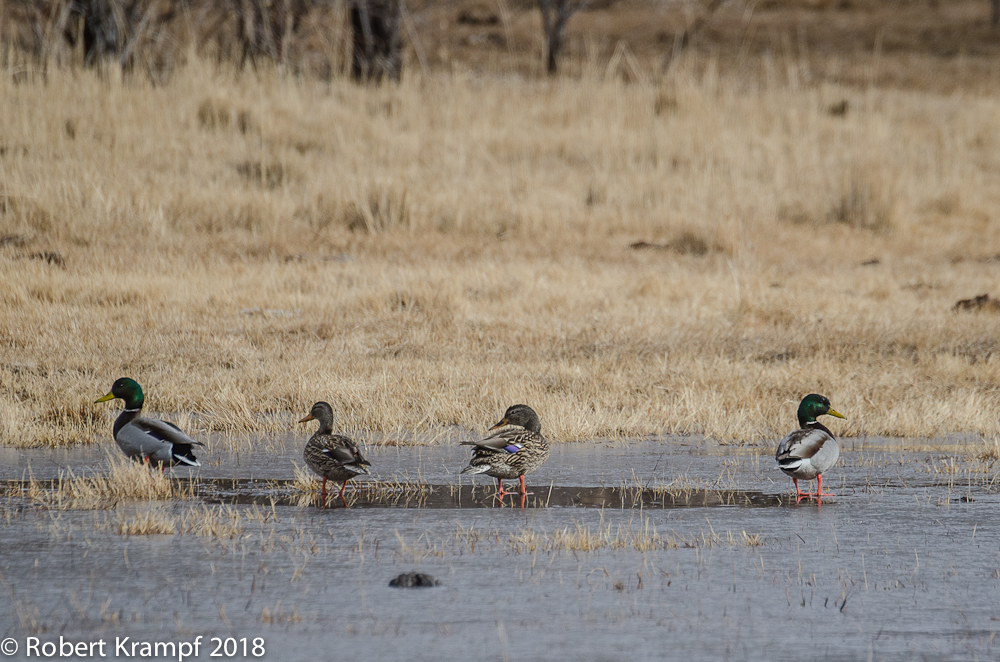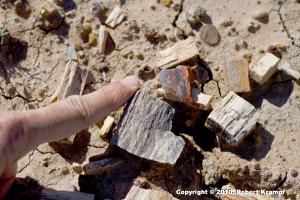
Click here for the answer:
Many wading birds have a structure called a rete mirable. This is where a large artery or vein breaks up into a network of several smaller vessels, and then combines back into a major vessel. This occurs just above the legs, letting the network of vessels transfer heat from the warm, arterial blood to the cold, venous blood returning from the feet. This keeps their body warmer, while providing a flow of blood to the feet without losing too much body heat. We get frostbite when our body shuts down blood vessels in the extremities to keep the rest of the body warm. Mallards have 19 arterial branches and 24 venous branches which intertwine to transfer the heat, allowing their bodies to continue circulating blood to their feet without the risk of losing too much body heat.
The same system works in reverse for wading birds in the tropics. Flamingos have 62 arterial branches intertwined with 40 venous branches. That allows them to stand in 115°F water without overheating.

